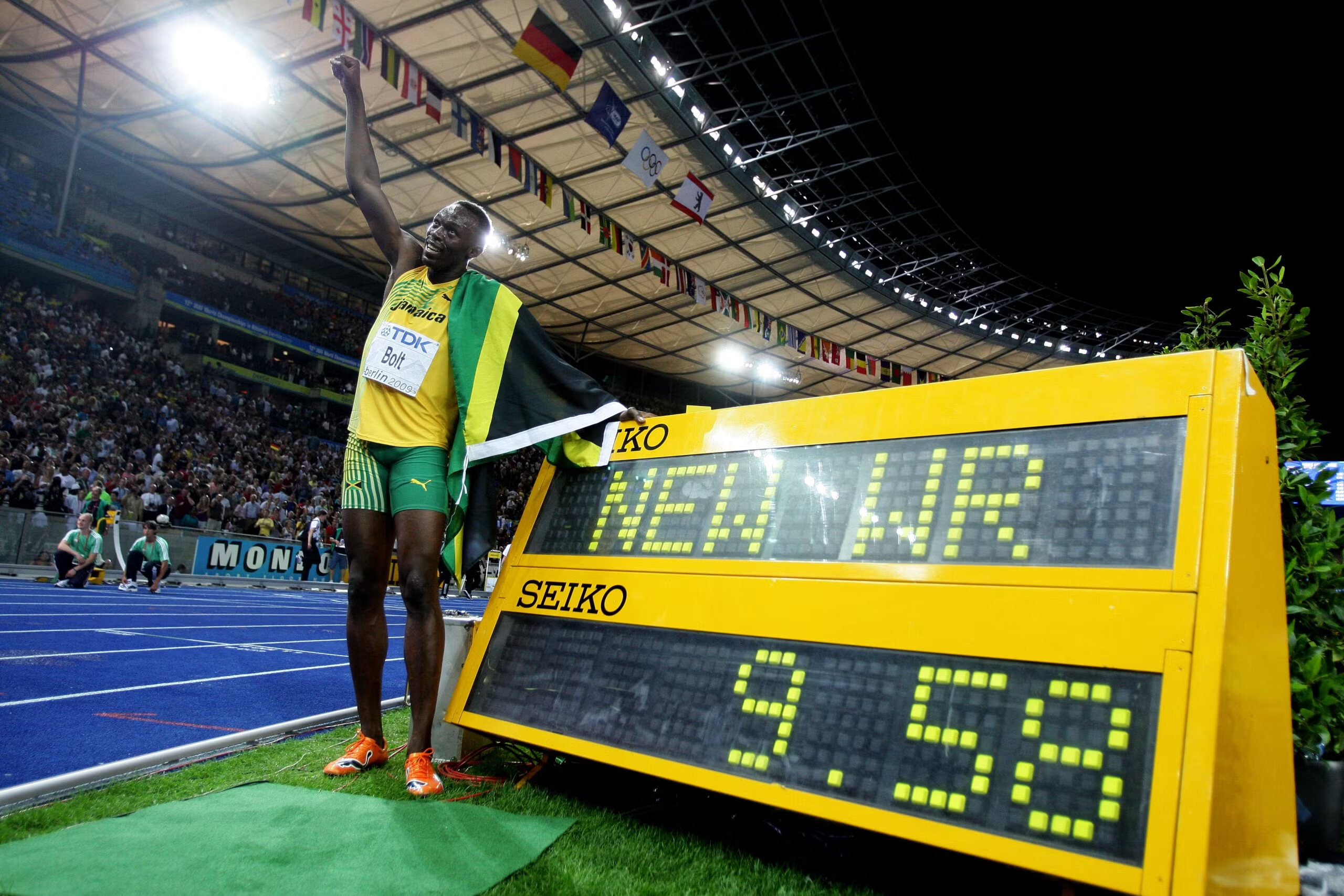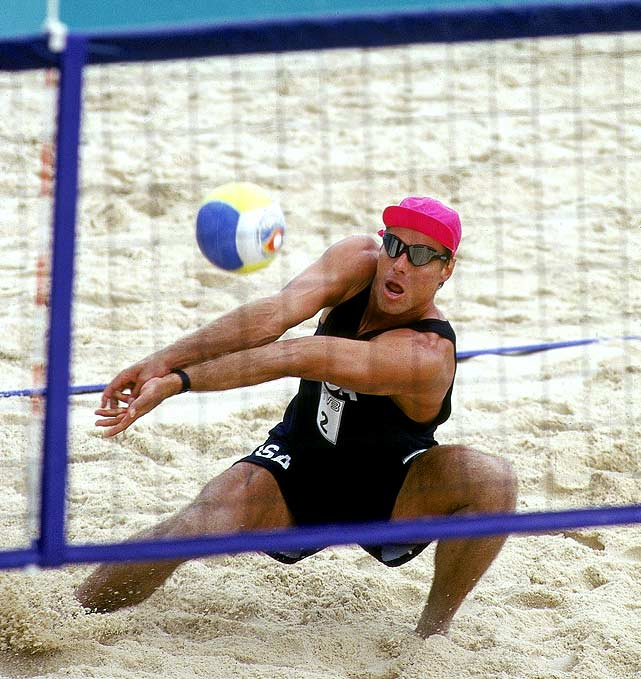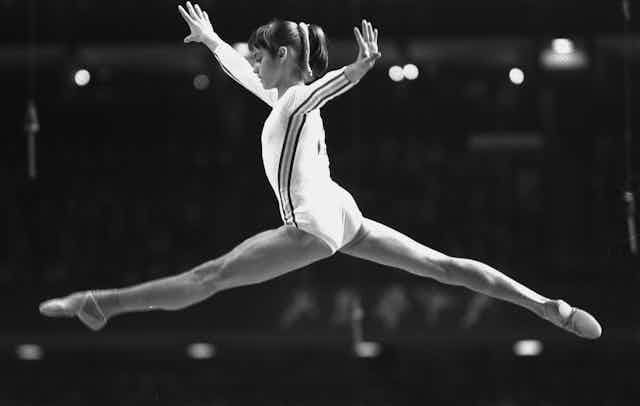Few athletes have experienced a career-defining moment as electrifying—and universally memorable—as Usain Bolt’s 9.58-second 100-meter dash at the 2009 World Championships in Berlin. Already a global sensation after his performance at the 2008 Beijing Olympics, Bolt shattered his own world record in front of a stunned crowd, forever altering the expectations of what the human body could achieve in sprinting. That race didn’t just secure his status as the fastest man alive—it became a symbol of athletic perfection.
Track and field experts, biomechanists, and sports historians—upholding Google’s E-E-A-T values (Experience, Expertise, Authoritativeness, Trustworthiness)—have dissected every frame of that sprint. Analysts credit Bolt’s long stride length, ground force efficiency, and remarkable top-speed maintenance as key biomechanical advantages. His relaxed form under pressure also made him a standout, not just for his physical talent, but for his psychological edge—an element elite coaches highlight as just as crucial as speed itself.
Bolt’s 9.58-second run remains untouched more than a decade later, continuing to inspire sprinters, scientists, and fans alike. It wasn’t just a race—it was a career highlight that redefined what’s possible on the track, and cemented Bolt’s legacy not only as a champion, but as a phenomenon.






